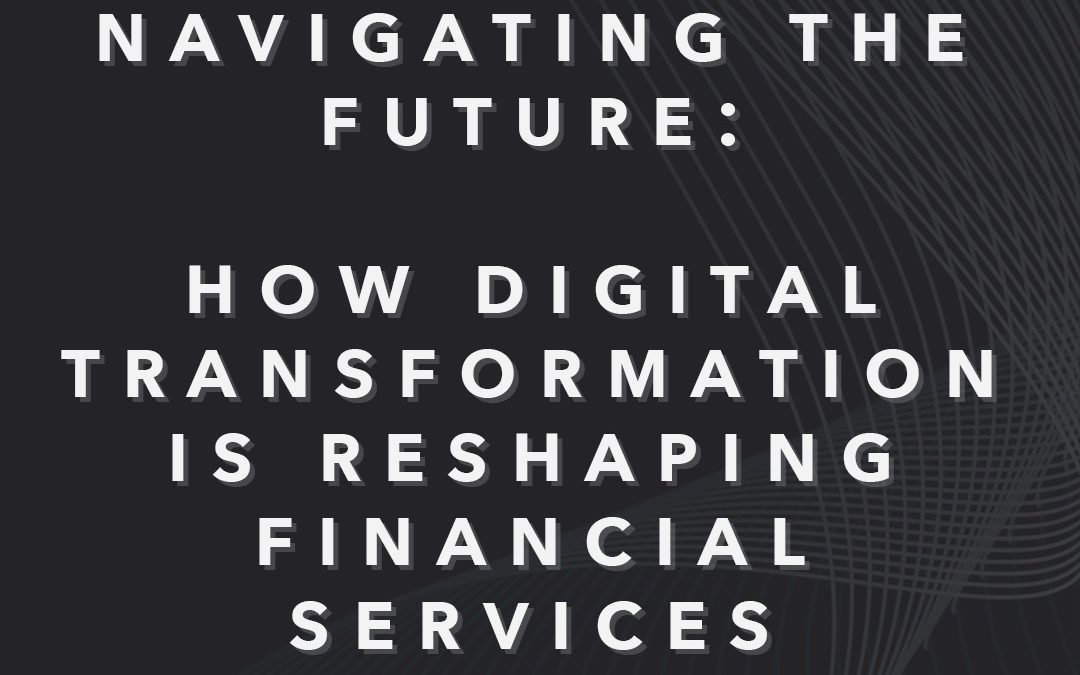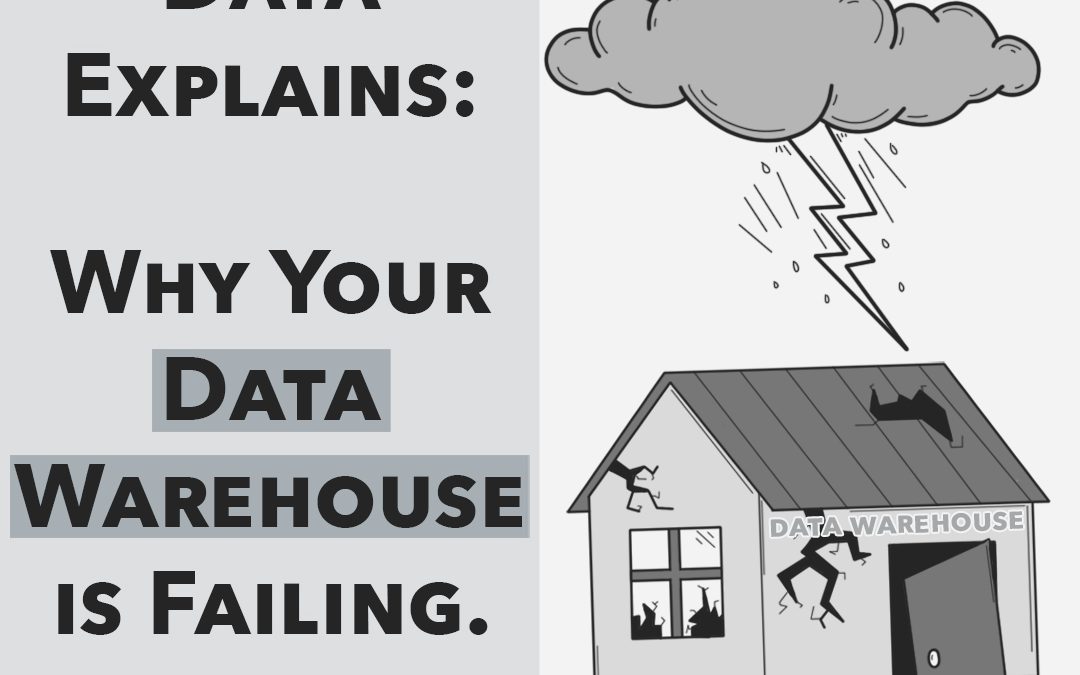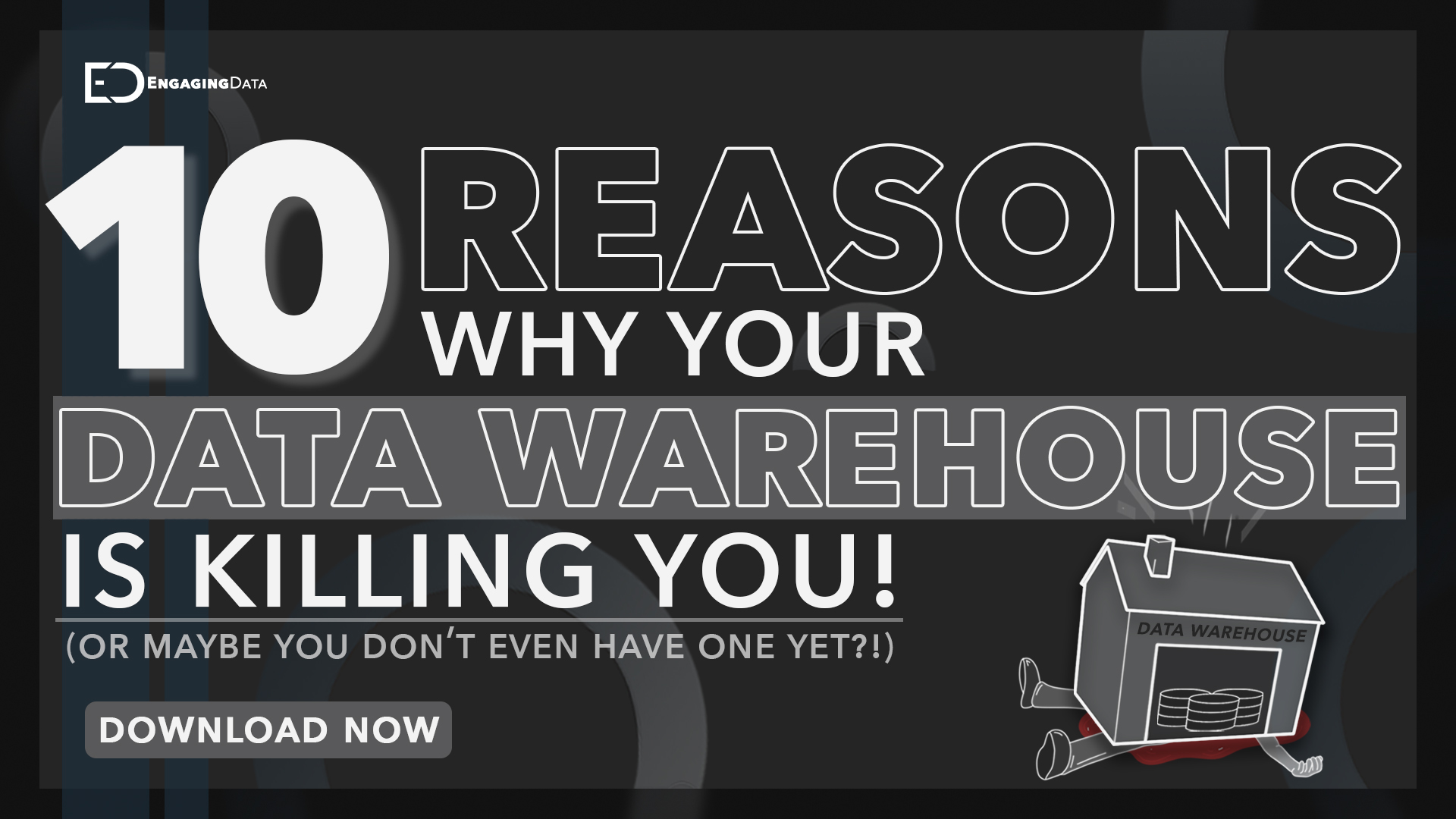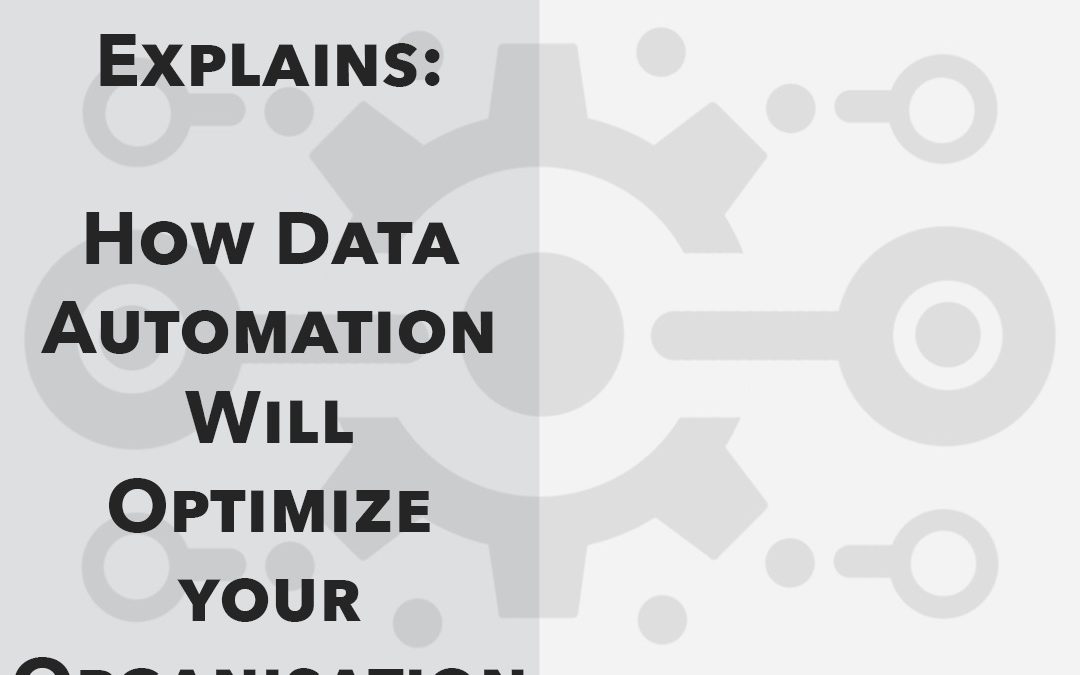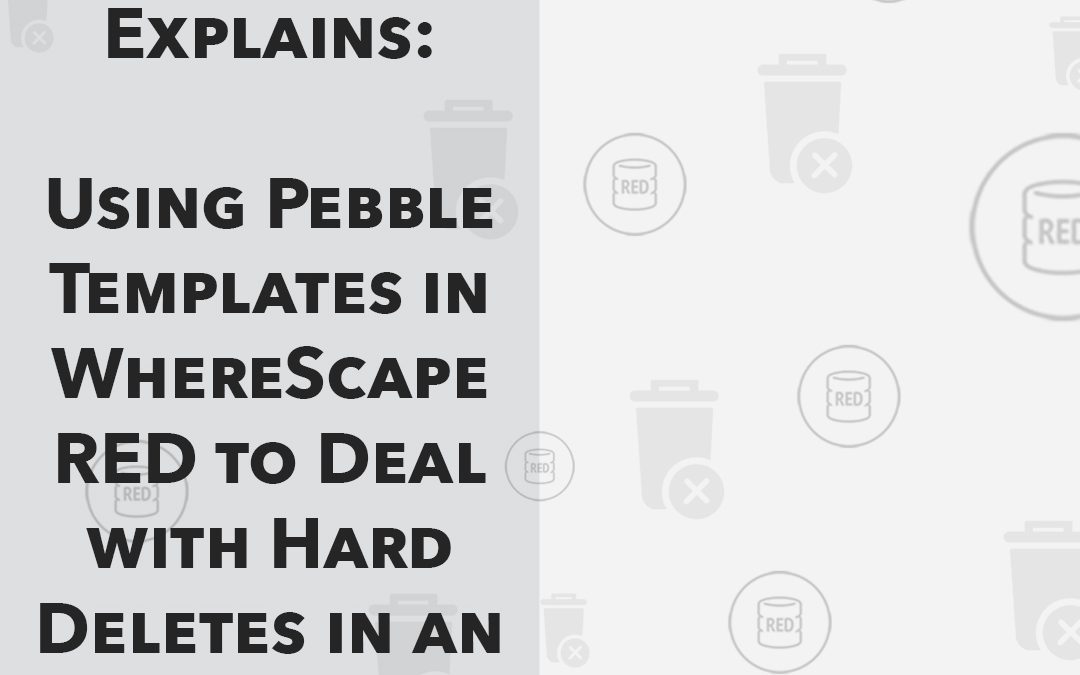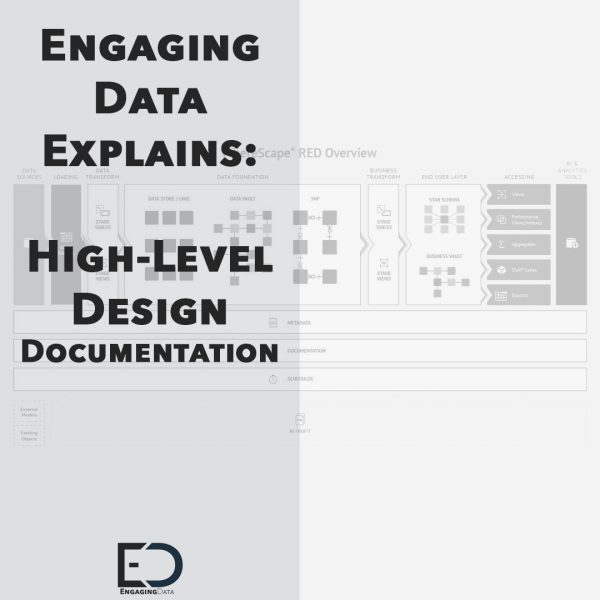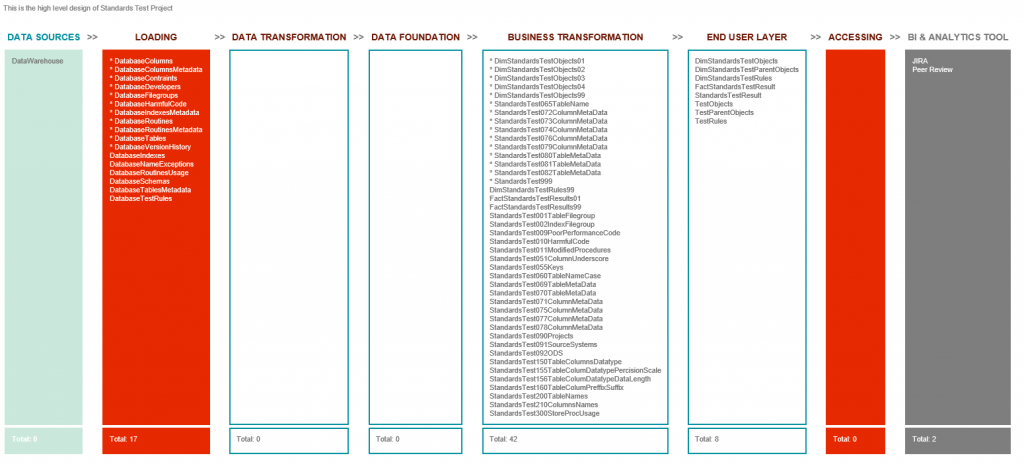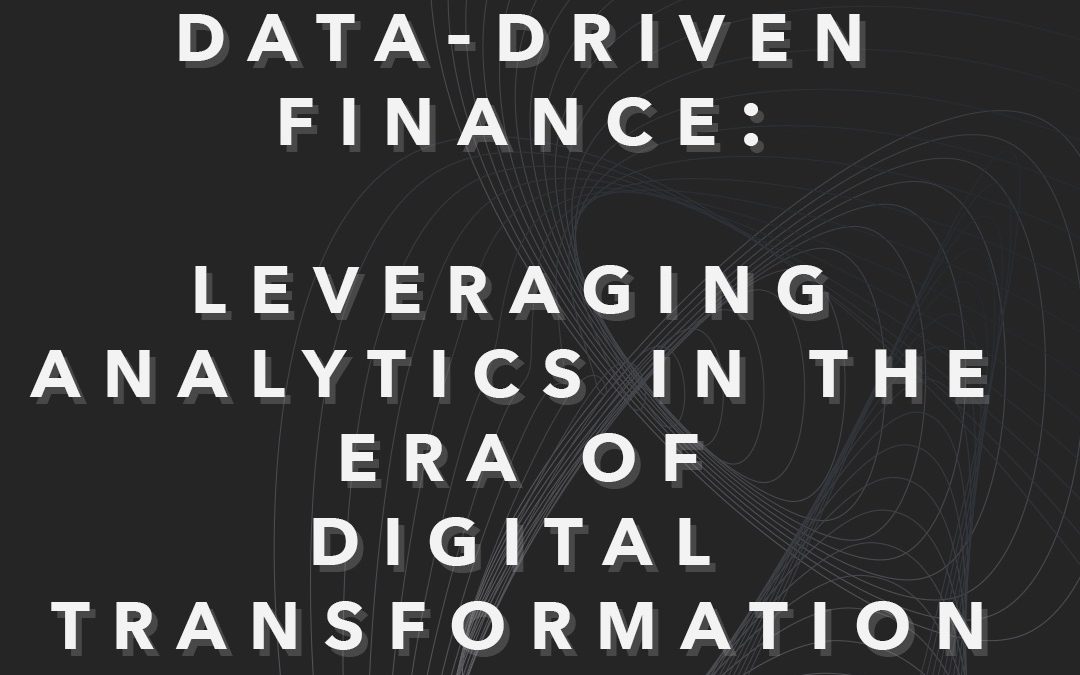
Data-Driven Finance: Leveraging Analytics in the Era of Digital Transformation
Data Driven Finance:
Leveraging Analytics in the Era of Digital Transformation
In the fast-evolving landscape of the financial services industry, a new era has dawned—one that revolves around data.
Data-driven finance is no longer a mere concept; it’s a fundamental shift that is reshaping the way financial institutions operate and make strategic decisions.
In this era of digital transformation, data has emerged as a potent currency, enabling financial organizations to gain insights that were previously unimaginable.
In this blog post, we delve into the world of data-driven finance, exploring its significance, benefits, challenges, and the promising future it holds.
The Role of Data in Financial Services
Traditionally, financial services have always relied on data and information to drive their operations. From analysing market trends to assessing customer creditworthiness, data has been the backbone of decision-making.
However, with the advent of digital transformation, the importance of data has surged to new heights.
Digital transformation is the process of adoption and implementation of digital technology by an organisation to create new or modify existing products, services and operations. The goal for its implementation is to increase value through innovation, invention, improved customer experience and efficiency.
As financial services become increasingly complex and competitive, the need for accurate, timely, and relevant data has intensified. In this data-centric era, financial institutions are not just making decisions; they are uncovering insights that can redefine the entire industry.
Key Benefits of Data-Driven Finance
By harnessing the power of data analytics, financial institutions can:
- Gain deeper insights into customer behaviour
- Enhance data collection
- Market dynamics
- Internal processes
- Encourages data-driven culture (with improved collaboration
- Increased profits
- Increased agility
This newfound understanding enables:
- more informed decision-making
- leading to improved risk management
- better customer experiences
- enhanced operational efficiency
Consider companies like Monzo and Starling, which utilized data-driven approaches to tailor personalized financial solutions, ultimately setting them apart from their competitors.
Data Sources and Collection Methods
The array of data sources available to financial institutions today is astounding.
Customer transactions, market data, social media interactions, and even sensor data from Internet of Things (IoT) devices.
All of which contribute to the wealth of information at their disposal.
Modern data collection methods have expanded to include mobile apps, online platforms, and interconnected devices.
This data influx not only broadens the scope of analysis but also presents new challenges in terms of data quality, integration, and privacy.
Analytics Techniques in Financial Services
Data analytics techniques have evolved hand in hand with the digital transformation of finance.
Descriptive analytics offers insights into historical trends, while predictive analytics helps anticipate future outcomes.
Prescriptive analytics goes a step further, recommending optimal actions based on data insights.
Machine learning and artificial intelligence are driving breakthroughs in analysing vast datasets and uncovering patterns that were previously hidden.
These techniques enable financial institutions to make more accurate predictions, streamline processes, and discover untapped opportunities.
Use Cases of Data-Driven Finance
The impact of data-driven analytics is felt across various sectors within finance.
In banking, institutions leverage data to personalize services, detect fraud, and enhance risk assessment. Investment firms use data-driven insights to inform portfolio management and optimize investment strategies.
Insurance companies employ data to assess claims and tailor coverage plans. Lending institutions rely on data analytics to evaluate creditworthiness and streamline loan processing.
Each of these use cases showcases how data-driven finance is transforming traditional practices and opening new avenues for innovation.
Challenges and Considerations
While the benefits of data-driven finance are clear, challenges must also be acknowledged.
Data privacy concerns, security risks, and regulatory compliance are critical issues that financial institutions must navigate.
The ethical use of data is paramount, as biased algorithms can perpetuate inequalities. Addressing these challenges requires a balanced approach that prioritizes transparency, accountability, and adherence to regulatory standards.
Building a Data-Driven Culture
Embracing data-driven finance entails more than just adopting advanced technologies – it requires a cultural shift within financial institutions.
Leadership support, training programs, and cross-departmental collaboration are essential elements of building a data-driven mindset.
Organizations need to foster an environment where data is valued, and analytics is integrated into decision-making processes at all levels.
The Future of Data-Driven Finance
The journey of data-driven finance is an ongoing one, marked by continuous innovation and exploration.
As technology advances, new opportunities emerge and hold the potential to revolutionize data processing and analysis, while advanced analytics techniques like deep learning promise even deeper insights.
Data marketplaces may reshape how financial institutions access and exchange data, fostering collaboration and accelerating industry progress.
The rise of AI-generated financial insights and predictions could further amplify the capabilities of data-driven finance.
In conclusion, data-driven finance stands as a cornerstone of the digital transformation sweeping through the financial services industry.
By leveraging data analytics, institutions are navigating complexities, uncovering opportunities, and forging pathways toward greater efficiency and customer-centricity.
As this era continues to unfold, staying informed about evolving data trends and embracing data-driven strategies will be pivotal for both financial organizations and individuals seeking to thrive in this dynamic landscape.
Start your digital transformation before it’s too late and you lose out in the competitive marketplace and are left behind.
Fill out the form below and get in touch.

